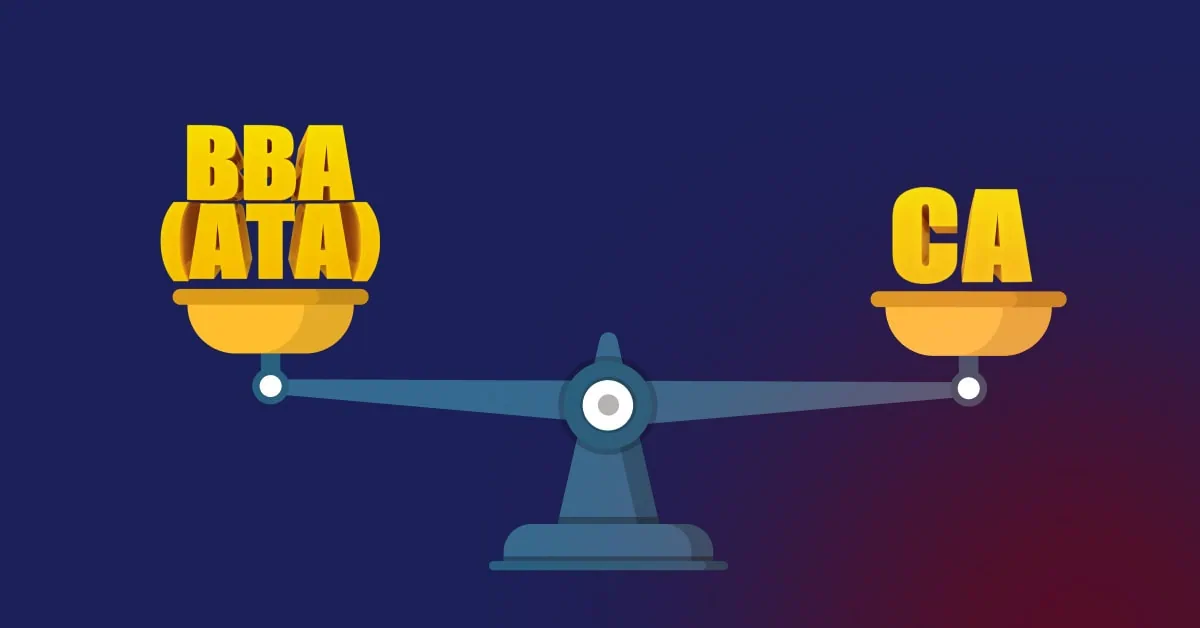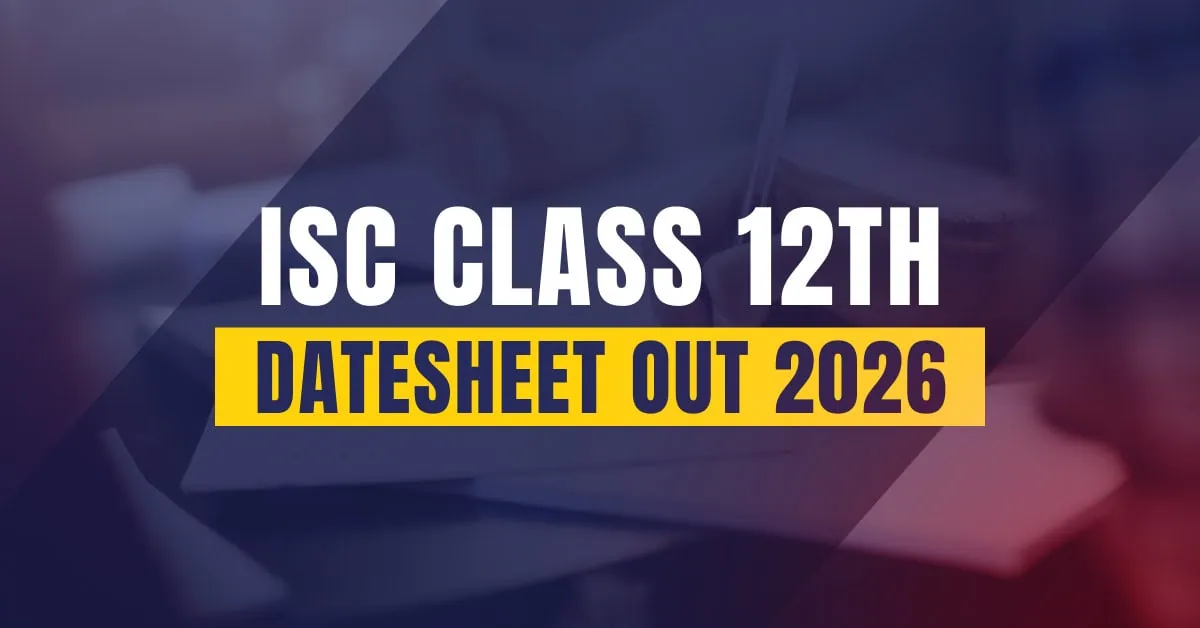E-learning is a method of obtaining knowledge through digital or, web-enabled gadgets like computers, laptops, tablets, or smartphones. The technique of online learning or e-learning enables remote access to systematic learning or any desired course through a digital device aided by stable internet connectivity. With e-learning, a learner can digitally access learnings or insights of any chosen subject from anywhere across the world. E-learning or online learning extensively varies from traditional learning methods as the latter mandates physical presence for both teachers and learners.
With the rise of the coronavirus pandemic, the system of education underwent a radical change. The criterion of social distancing and worldwide lockdown forced the educational institutions to shut down for an indefinite span which then resulted in the advent of e-learning. With the availability of modern technology and innovation, this revolutionary transition in the field of learning became easy and possible even amidst the crisis.
Despite the tremendous acknowledgement and significance of e-learning, it comes with some unavoidable advantages and disadvantages.
Advantages of e-learning
There is a myriad of advantages of this widely embraced alternative to traditional learning. E-learning is appreciated as an ideally conceptualized approach to ensure the flow of learning for modern-day learners. Let’s quickly find out a few noteworthy advantages of e-learning that adds up for our better future.
1. The convenience of remote access to education
Without e-learning, the future of young learners could have been pushed to greater risk by the pandemic. The digital transition enabled the remote accessibility for systematic learning for millions across the world. Contrary to the traditional system, e-learning ensures remote accessibility to every lesson from a web-enabled gadget from the comfort of your home.
2. A feasible and irreplaceable alternative
E-learning allows for an unrestricted freedom to gain access to learnings to anyone willing to expand their skills and knowledge regardless of their age, gender, nationality, and creed. Since the outbreak of a pandemic, e-learning has emerged as an irreplaceable medium to access an assorted variety of learning and skills, that too from one’s own comfort and convenience.
3. Budget-friendly cost
The cost of e-learning or online courses is reasonably cheaper than the manual mode of learning. Opting for e-learning course saves you from a long list of expenses such as the cost of travel, fuel cost, cafeteria expenses, printing fees, etc. E-learning is rather budget-friendly as it cuts down the expenses for many things that are counted as the utmost requirement in manual learning. It as well saves your time of traveling to your institution, the same, you can utilize for learning a skill or indulge in any leisure.
4. Additional flexibility in several aspects
E-learning allows you to learn at your own convenience and at your own pace. Whether you opt for a short time course or full-time degree, it allows you to choose your own convenient time and course duration. In case if you forget anything or missed a few points during the lesson, you can seize the liberty to go back to the recorded sessions to understand the topic in a better or deeper manner.
Disadvantages of e-learning
On the contrary, e-learning also includes some disadvantages. A few are listed below. Let’s just give it a quick glance to learn what they are.
1. Deprivation of classroom experience
E-learning may grant you endless conveniences but it also deprives you of actual fun of learning in classrooms, fun with friends, the joy of games time, lunch break, punishments, etc. To put it simply, you will miss the excitement and the actual fun of learning with classmates. It ultimately isolates you rom social life which is a major need for personal development and mental well being.
2. Lack of interaction and raises concern for discipline
E-learning does not allow for personal interaction or communication between a teacher and a student. It hinders the teachers from figuring out whether the students are paying attention to their lessons or if the assignments they are uploading are their own hard work. Digital learning does not facilitate the physical presence of a teacher during classes and tests. Obviously, it gives enough reason to inflate skepticism for their discipline. It raises concerns regarding the sincerity of a learner accessing lessons from miles away behind a screen.
3. Prolonged screen exposure and lack of practical knowledge
E-learning compels prolonged exposure to screen. It may sound normal but too much exposure to the screen is not recommended both for kids and adults. In kids, prolonged screen exposure affects their mental development. Further, it creates a tremendous impact on their behavioral pattern. Too much exposure can weaken eyesight and result in migraines at an early age. It’s of crucial importance to recommend the learners to indulge in practical or creative hands-on learning to reduce their screen time.
4. Lack of access to digital education for an underprivileged lot
E-learning is a distant dream for those who are located in the rural provinces across the globe. Lack of internet facilities remains a high obstacle for them to gain access to online learning. Whereas, the problem even exists in urban areas. The kids belonging to the underprivileged lot and those that attended the government schools before the lockdown are unable to procure the convenient tools and facilities like costly bandwidth and gadgets for accessing online classes. For those with members working from home due to the pandemic are also latched from the privilege to attend online classes. The majority still are unable to pay for extra conveniences while being on the verge of financial collapse due to the rising concern of job loss.
However, the government and the educational institutions across the world are striving hard to end this learning gap induced by the rapid surge of the digital movement.
Conclusion: Albeit the advantages and the disadvantage, e-learning is the critical need of our times. It’s up to us to recognize and make the most of it while learning to conquer all the flaws.









One Response
Well said, the information in your blog is quite relevant to what I was searching for. Your points are up-to-date and I think you have an impressive personality.